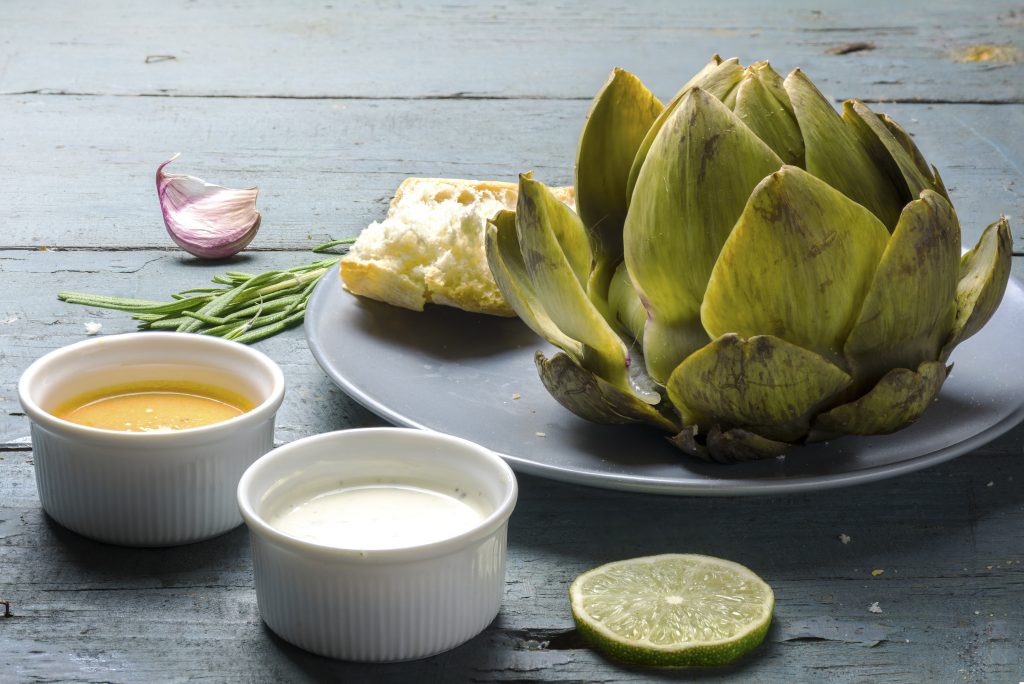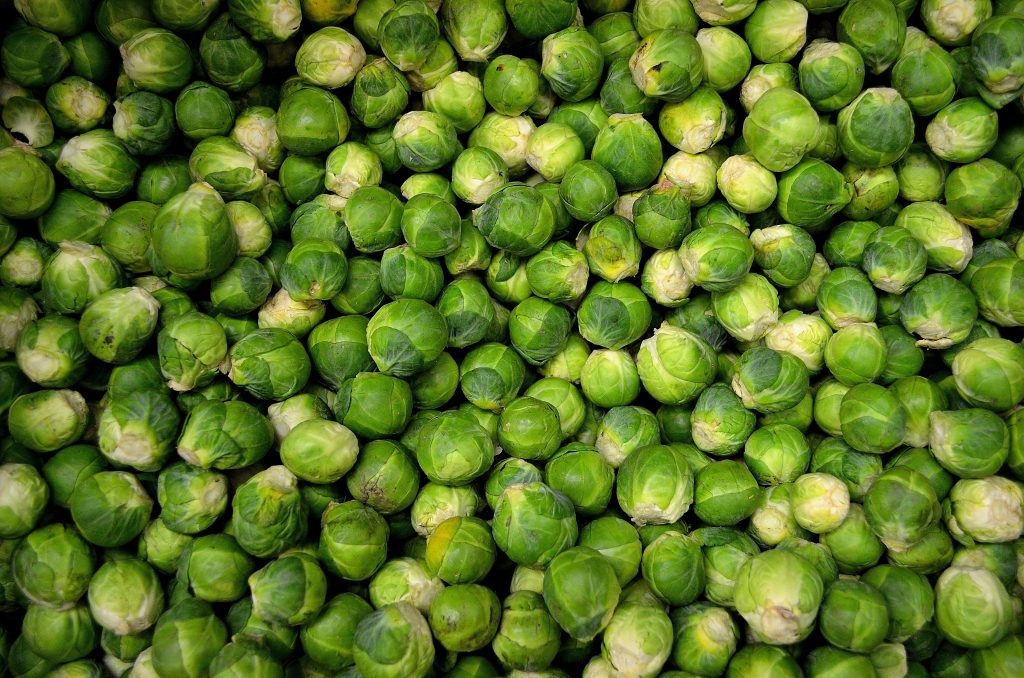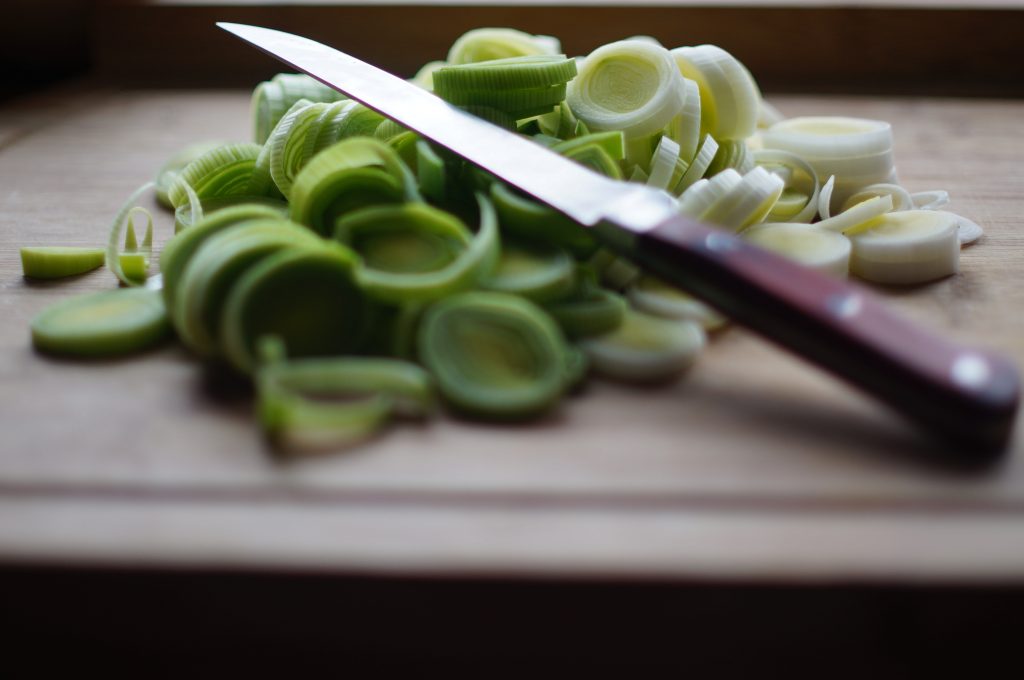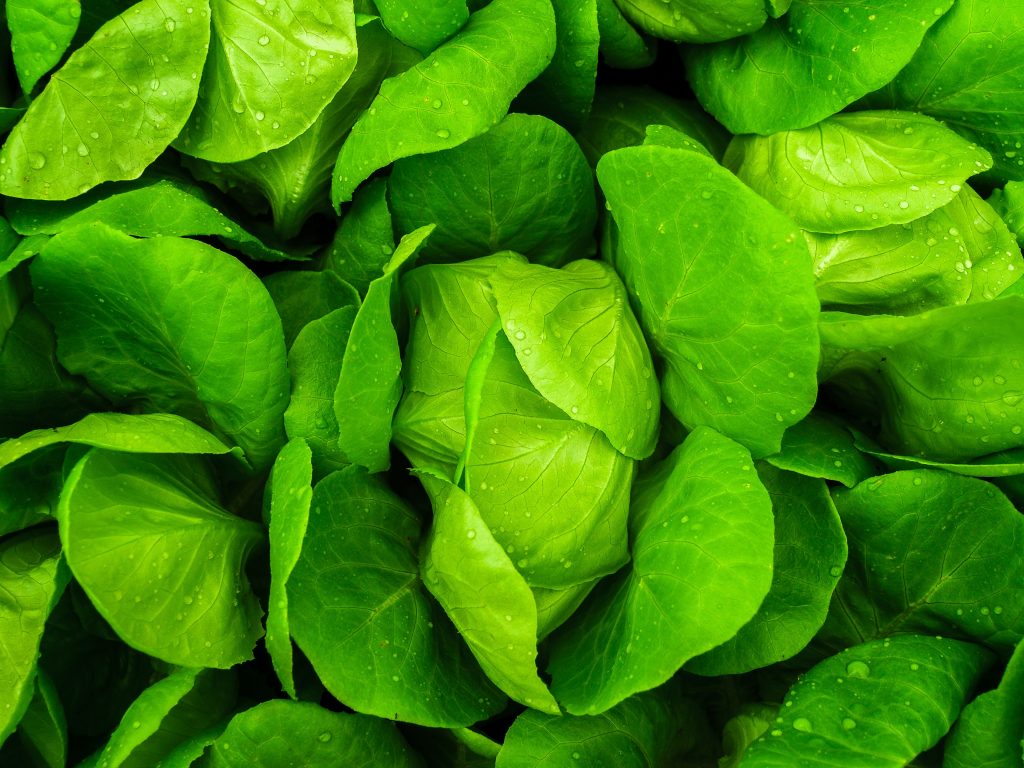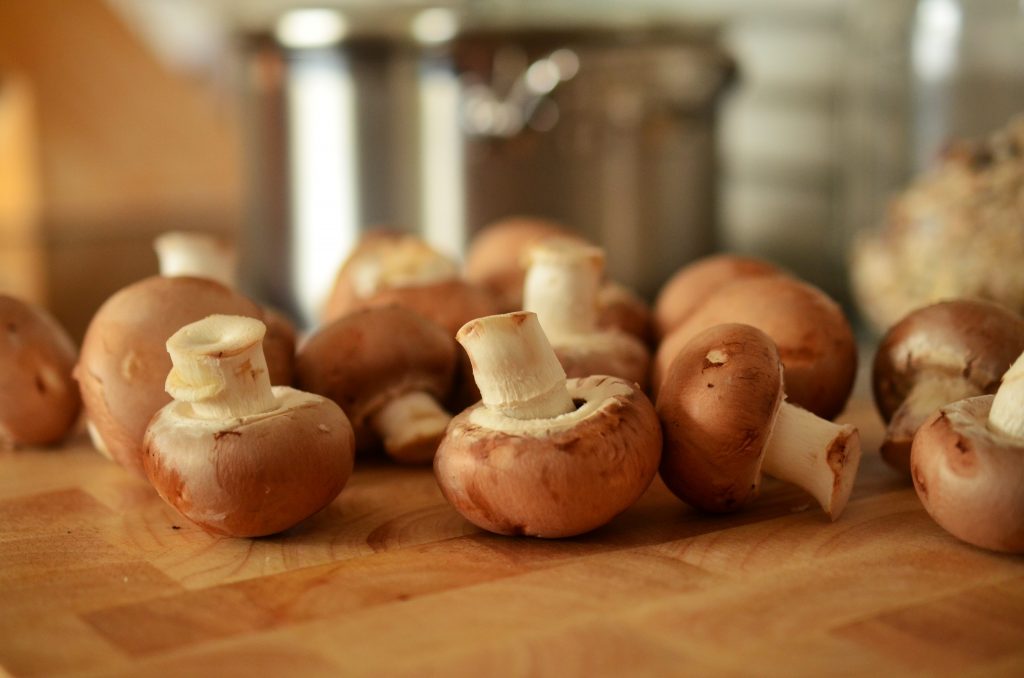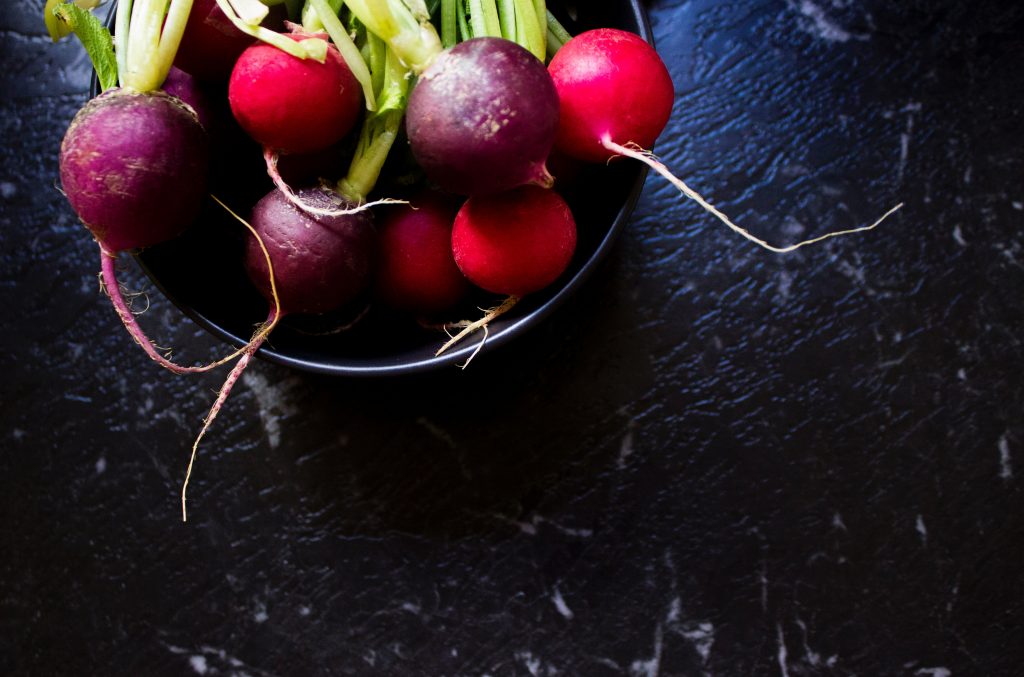March marks the beginning of the end of winter (yay!). It might not feel very warm when you walk outside your door, but spring is coming. March is also an interesting month for produce, as many winter fruits and veggies fall out of favor and we see the start of sweet fruits we associate with summer (hello, pineapple!). Come April, you’ll be planting your own seedlings and start to see more local variety, but for now, you’ll have to purchase ripe produce from the southernmost states.
Get more bang for your buck by buying fruits and vegetables that are in season. They cost less because they are more plentiful — and they’re tastier, too! A big win, win. Here are 10 fruits and veggies ready for your plate right now:
Artichokes
Artichoke season runs from March through June (and then again in the fall), and most artichokes in the United States are shipped from California. They’re a great source of fiber (10 grams!), potassium, folate, vitamin C, and just one has around 65 calories.

Asparagus
Toward the end of the month, asparagus will start to show up. One cup has just 30 calories, and it’s rich in folate, fiber, iron, beta-carotene and vitamin C. For even results, cook stems with similarly sized stems together. Cook it up with lots of lemon and pepper.
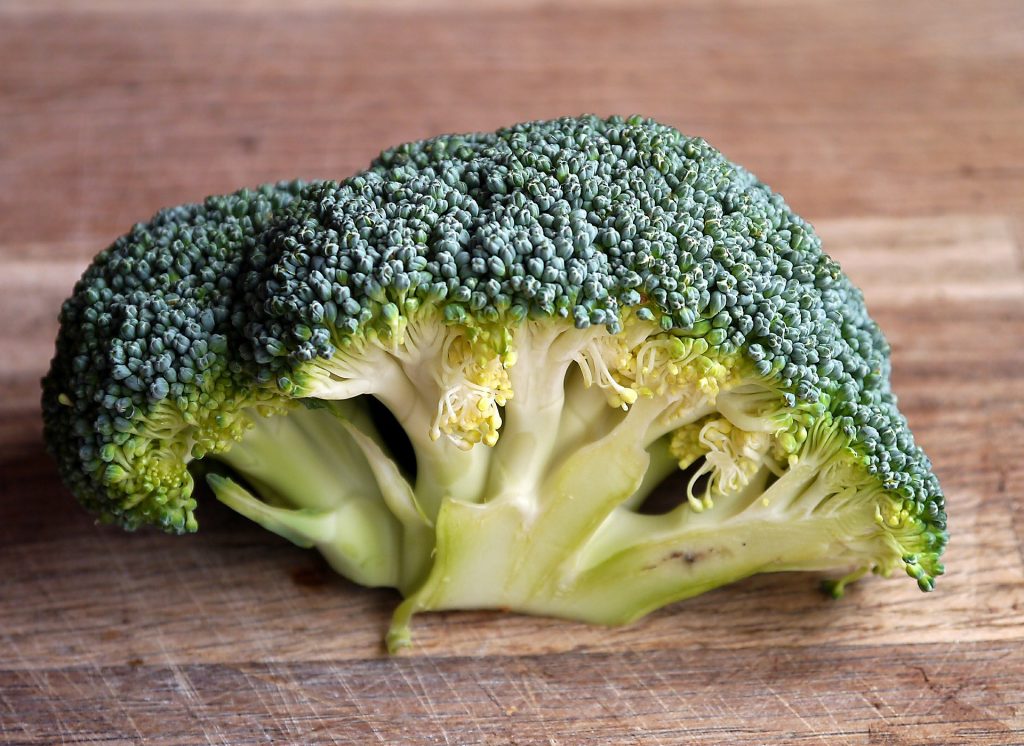
Broccoli
Thanks to modern day shipping, broccoli seems like one of those vegetables that is in season all year long. But it’s at its peak from October through April. Choose heads with little or no yellow present — it’s a sign it’s headed downhill. Choose a heavy head of broccoli with buds tightly packed together.
Brussels sprouts
Peak season for Brussels sprouts usually ends in late February, but you can still find plenty of leftover crop in stores in March. Choose sprouts still on the stem as those can last in the refrigerator 2-3 weeks. Brussels sprouts, like other cruciferous vegetables, are full of phytonutrients which help protect against cancer. They’re also great at battle blood pressure and controlling cholesterol. They’ll also give you a good dose of iron and fiber.
Get recipe for crispy Brussels sprout chips.

Grapefruits
Grapefruits peak fro November through April. Just half of one has 100% of your daily vitamin C and just 60 calories. Toss with spicy shrimp and serve in salad for bright and bold flavors, or juice with cucumbers and mint for a refreshing morning wake-up.
Leeks
Leeks are in the same family as onions and garlic, but aren’t typically used interchangeably. Try leeks in soups and alongside potatoes and pasta.
Lettuce
Lettuce is a cool-season crop that grows well in the spring and fall in most areas of the country. Temperatures between 45ºF and 65ºF are ideal, but lettuce seedlings even tolerate light frost. You’ll start to see local lettuce appearing in stores since it’s one of the first spring crops to pop up.
Mushrooms
Mushrooms make their way into our diets this month. Eat them cooked or raw. They pair well with so many dishes — just keep them on hand and see what you can’t use them in!
Go for a Meatless Monday with this mushroom stroganoff.
Pineapples
Pineapples are available year-round, but fresh ones can cost you a pretty penny. Save some money at buy them form March through July when they’re at their peak. They’re a great source of vitamin C, which protects against heart disease, cancer, and cataracts, and also manganese, which helps keep bones strong.It also aids in digestion.
This is why pineapples leave your mouth sore.
Radishes
The peppery taste of radishes can add tons of flavor to salads and Bloody Mary bars, but they’re good all on their own. Dip them in hummus or sauté them for a snack. They’re chock-full of vitamin C, folate, and potassium, and will only set you back 20 calories per cup.
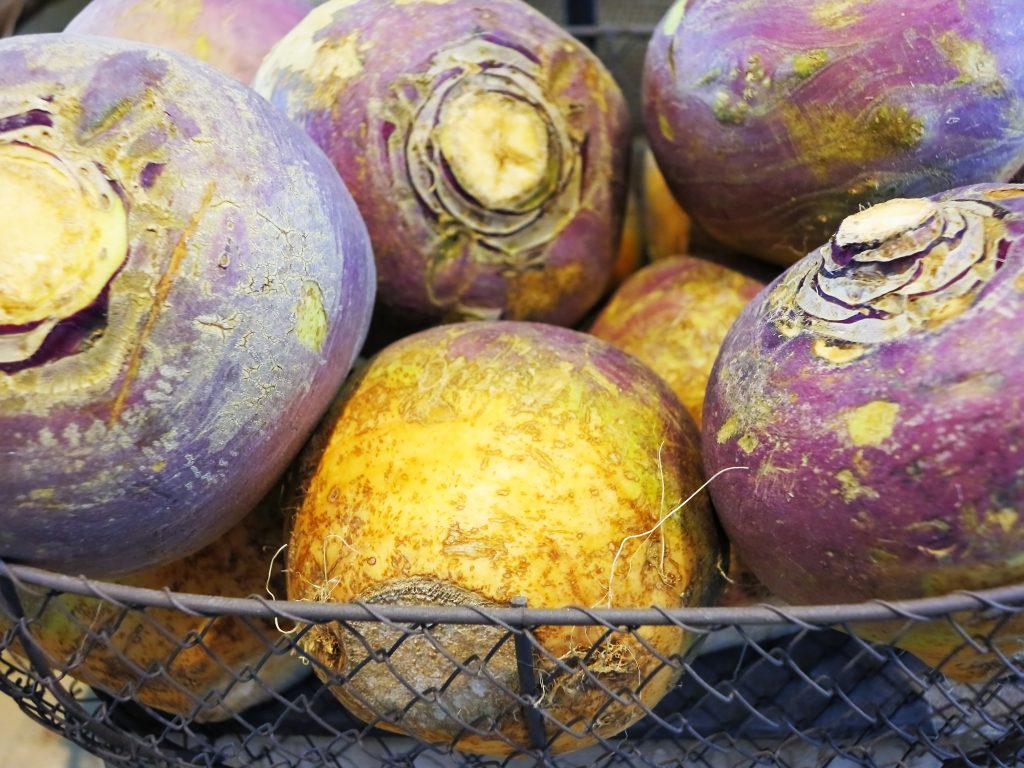
Rutabagas
If you haven’t added rutabagas to your diet, now is the time. These root crops are in season October through March. They generally have a yellowish flesh and waxy leaves similar to cabbage. Peel the waxy skin away before cooking. Rutabagas are rich in many vital nutrients, such as vitamin C, magnesium, potassium, zinc, iron, and fiber.
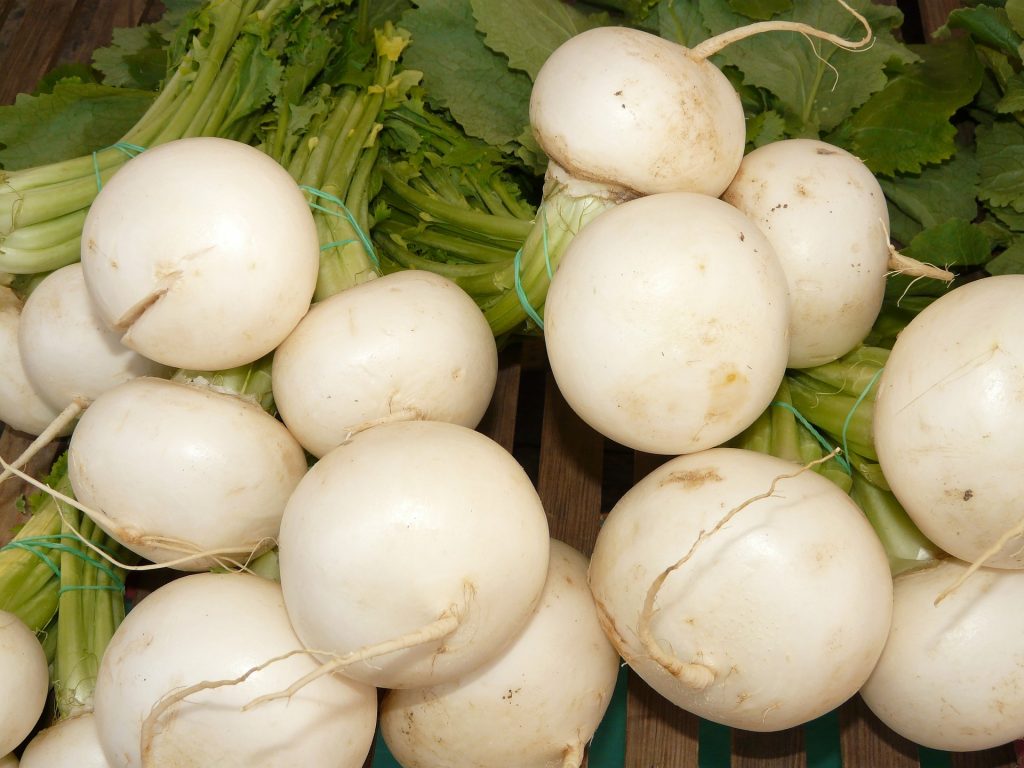
Turnips
Turnips are also on their way out, but they still have one more solid month to give. Turnips are in season from October through March. When selecting a turnip, look for a firm and blemish-free exterior with a vibrant green top. Larger turnips should be peeled before cooking, but turnips smaller than two inches can be cooked as-is.
Also see, 5 foods you’re basically required to eat on St. Patrick’s Day.


